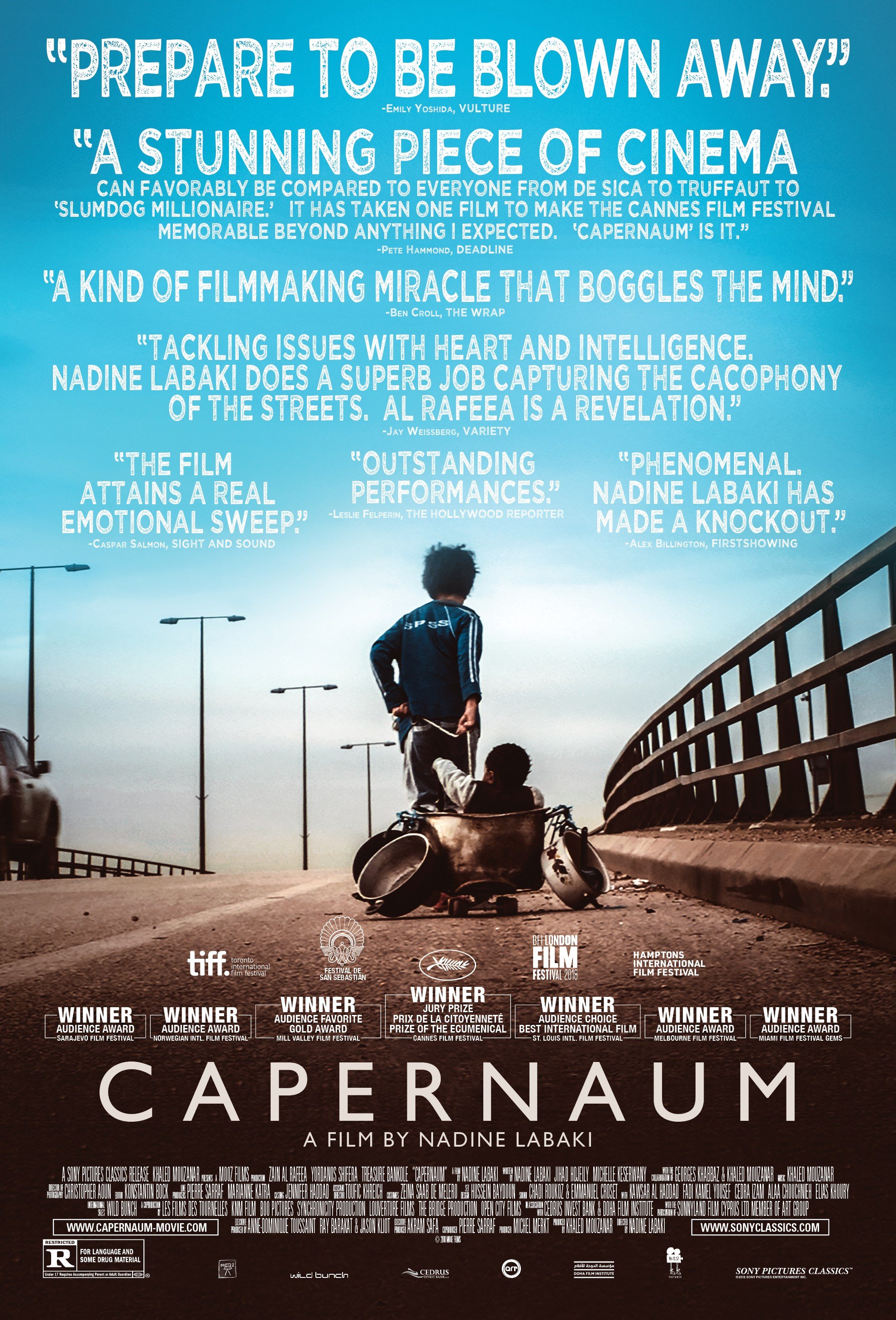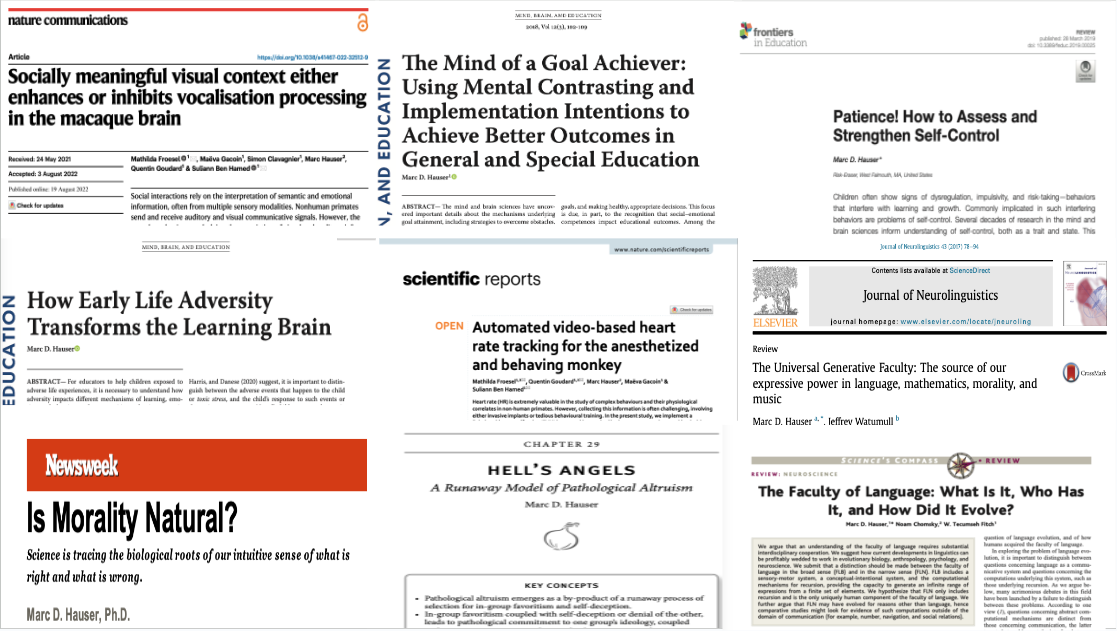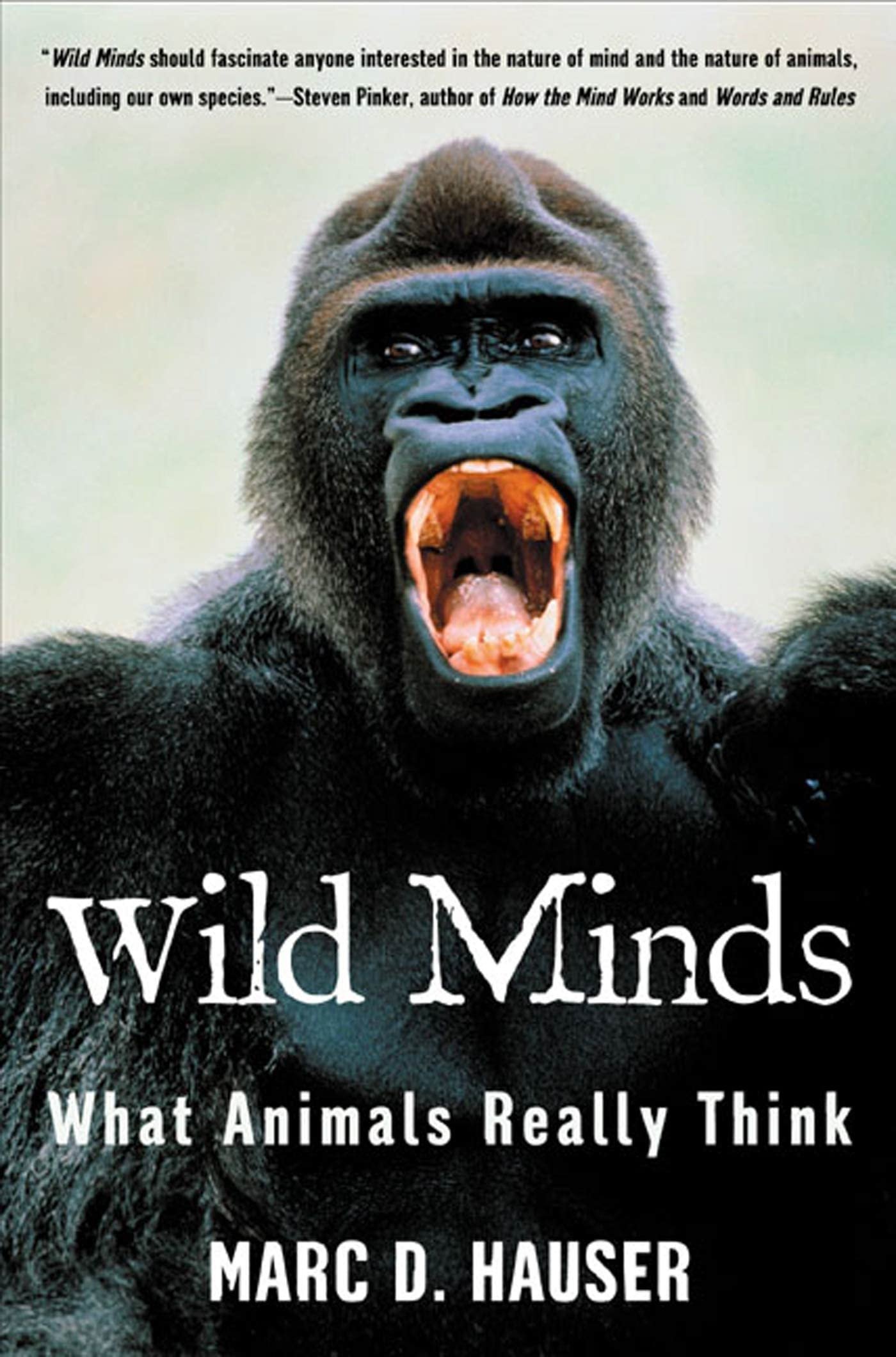
Macaque claustrum, pulvinar and putative dorsolateral amygdala support the cross-modal association of social audio-visual stimuli based on meaning
Social communication draws on several cognitive functions such as perception, emotion recognition and attention. The association of audio-visual information is essential to the processing of species-specific communication signals. In this study, we use functional magnetic resonance imaging in order to identify the subcortical areas involved in the cross-modal association of visual and auditory information based on their common social meaning. We identified three subcortical regions involved in audio-visual processing of species-specific communicative signals: the dorsolateral amygdala, the claustrum and the pulvinar. These regions responded to visual, auditory congruent and audio-visual stimulations. However, none of them was significantly activated when the auditory stimuli were semantically incongruent with the visual context, thus showing an influence of visual context on auditory processing. For example, positive vocalization (coos) activated the three subcortical regions when presented in the context of positive facial expression (lipsmacks) but not when presented in the context of negative facial expression (aggressive faces). In addition, the medial pulvinar and the amygdala presented multisensory integration such that audiovisual stimuli resulted in activations that were significantly higher than those observed for the highest unimodal response. Last, the pulvinar responded in a task-dependent manner, along a specific spatial sensory gradient. We propose that the dorsolateral amygdala, the claustrum and the pulvinar belong to a multisensory network that modulates the perception of visual socioemotional information and vocalizations as a function of the relevance of the stimuli in the social context.

How to be at home
In 2010, the poet, musician Tanya Davis wrote the beautiful poem, How to Be Alone, and from this we collaborated to make the film which you can see here. Ten years later, Tanya has written the gorgeous and poignant poem for these times, How to Be at Home, and we found ourselves collaborating again! This animation was created in my home studio in Halifax, Nova Scotia, while in social isolation through the spring and summer of 2020.
Poem written by Tanya Davis
Directed, animated and edited by Andrea Dorfman

Capernaum
Capernaüm ("Chaos") tells the story of Zain, a Lebanese boy who sues his parents for the "crime" of giving him life. The film follows Zain as he journeys from gutsy, streetwise child to hardened 12-year-old "adult" fleeing his negligent parents, surviving through his wits on the streets, where he meets Ethiopian migrant worker Rahil, who provides him with shelter and food, as Zain takes care of her baby son Yonas in return. Zain later gets jailed for committing a violent crime, and finally seeks justice in a courtroom.

the wisdom of trauma
In The Wisdom of Trauma, we travel alongside physician, bestselling author and Order of Canada recipient Dr. Gabor Maté to explore why our western society is facing such epidemics. This is a journey with a man who has dedicated his life to understanding the connection between illness, addiction, trauma and society.

UMBILICAL
This piece explores how my mother’s abusive relationship with my father shaped my own experiences in a boarding school as a child in China. The societal pressures on my mother to hide her abuse and her desire to protect me ultimately created a situation where I was subjected to the same societal pressures. Our shared desires for intimacy, safety, and normalcy have been constantly at odds with the realities that surround us. Through a conversation as adults, my mother and I learn to understand each other and support one another.

THE QUIET GIRL
The Quiet Girl is a beautiful film about the pain of neglect, the recuperative powers of feeling loved, and the sorrow that grows from loss. –Marc Hauser

ALL OF Marc D. Hauser’s Articles
Below is a complete list of Marc’s articles. This will be updated and you can view the latest version of the Google Doc here.


Children and the Vagus Nerve
The vagus is the longest nerve of the autonomic nervous system in the human body.

Resilience: THE BIOLOGY OF STRESS & THE SCIENCE OF HOPE
THE CHILD MAY NOT REMEMBER, BUT THE BODY REMEMBERS.
Researchers have recently discovered a dangerous biological syndrome caused by abuse and neglect during childhood. As the new documentary Resilience reveals, toxic stress can trigger hormones that wreak havoc on the brains and bodies of children, putting them at a greater risk for disease, homelessness, prison time, and early death. While the broader impacts of poverty worsen the risk, no segment of society is immune. Resilience, however, also chronicles the dawn of a movement that is determined to fight back. Trailblazers in pediatrics, education, and social welfare are using cutting-edge science and field-tested therapies to protect children from the insidious effects of toxic stress—and the dark legacy of a childhood that no child would choose.

Jeux Interdits (Forbidden Games) Rene Clement, 1952
Jeux Interdits (Forbidden Games) is one of the first films to ever depict the emotional toll of warfare. Unlike most war trauma films, the focus here is placed on children living in a warzone. During German bombing of France in 1940, 5-year-old Paulette’s (Brigitte Fossey) family is killed and she is left orphaned. She is taken in by Michel (Georges Poujouly) and his family. She and Michel, who is 10, are each having trouble dealing with the death and destruction around them.

Vulnerable Minds: The HARM of Childhood Trauma and the HOPE OF Resilience
In Vulnerable Minds, Hauser provides a new, scientific and humanistic understanding of how the nature of childhood adversity creates unique signatures of trauma. At the same time, Hauser reveals that some children bounce back from adversity, presenting with signatures of resilience. Hope for these children comes from designing interventions that are sensitive to their signatures, enabling greater resilience to and recovery from trauma.

Socially meaningful visual context either enhances or inhibits vocalisation processing in the macaque brain
Social interactions rely on the interpretation of semantic and emotional information, often from multiple sensory modalities. Nonhuman primates send and receive auditory and visual communicative signals. However, the neural mechanisms underlying the association of visual and auditory information based on their common social meaning are unknown. Using heart rate estimates and functional neuroimaging, we show that in the lateral and superior temporal sulcus of the macaque monkey, neural responses are enhanced in response to species-specific vocalisations paired with a matching visual context, or when vocalisations follow, in time, visual information, but inhibited when vocalisation are incongruent with the visual context. For example, responses to affiliative vocalisations are enhanced when paired with affiliative contexts but inhibited when paired with aggressive or escape contexts.

How early life adversity transforms the learning brain
For educators to help children exposed to adverse life experiences, it is necessary to understand how adversity impacts different mechanisms of learning, emotion, and planning as these capacities underpin success in schools and beyond. The goal of this paper is to review essential findings on how early life adversity transforms the brain which, in turn, impacts educational outcomes. Part 1 begins by discussing the species‐specific and expectant experiences that guide typical development, and then turns to early life adversities and their relationship to both physical and mental health outcomes. Part 2 summarizes four dimensions of adversity—type, timing, term, and toxicity—and how each differentially impacts the developing brain, including individual differences in psychopathology.

Automated video-based heart rate tracking for the anesthetized and behaving monkey
Heart rate (HR) is extremely valuable in the study of complex behaviours and their physiological correlates in non-human primates. However, collecting this information is often challenging, involving either invasive implants or tedious behavioural training. In the present study, we implement a Eulerian video magnification (EVM) heart tracking method in the macaque monkey combined with wavelet transform. This is based on a measure of image to image fluctuations in skin reflectance due to changes in blood influx. We show a strong temporal coherence and amplitude match between EVM-based heart tracking and ground truth ECG, from both color (RGB) and infrared (IR) videos, in anesthetized macaques, to a level comparable to what can be achieved in humans. We further show that this method allows to identify consistent HR changes following the presentation of conspecific emotional voices or faces.

Evilicious: Cruelty = Desire + Denial
The implications of Hauser’s theory of evil are unsettling: due to individual differences that begin with our biology, and can be enhanced by certain environments, seemingly normal people are capable of causing horrific harms, feeling rewarded and justified or nothing at all.

Moral Minds: The Nature of Right and Wrong
In his groundbreaking book, Marc Hauser puts forth a revolutionary new theory: that humans have evolved a universal moral instinct, unconsciously propelling us to deliver judgments of right and wrong independent of gender, education, and religion.

The Universal Generative Faculty: The source of our expressive power in language, mathematics, morality, and music
Many have argued that the expressive power of human thought comes from language. Language plays this role, so the argument goes, because its generative computations construct hierarchically structured, abstract representations, covering virtually any content and communicated in linguistic expressions. However, language is not the only domain to implement generative computations and abstract representations, and linguistic communication is not the only medium of expression. Mathematics, morality, and music are three others. These similarities are not, we argue, accidental. Rather, we suggest they derive from a common computational system that we call the Universal Generative Faculty or UGF. UGF is, at its core, a suite of contentless generative procedures that interface with different domains of knowledge to create contentful expressions in thought and action.

Wild Minds: What Animals Really Think
Do animals think? Can they count? Do they have emotions? Do they feel anger, frustration, hurt, or sorrow? At last, here is a book that provides authoritative answers to these long-standing questions.
